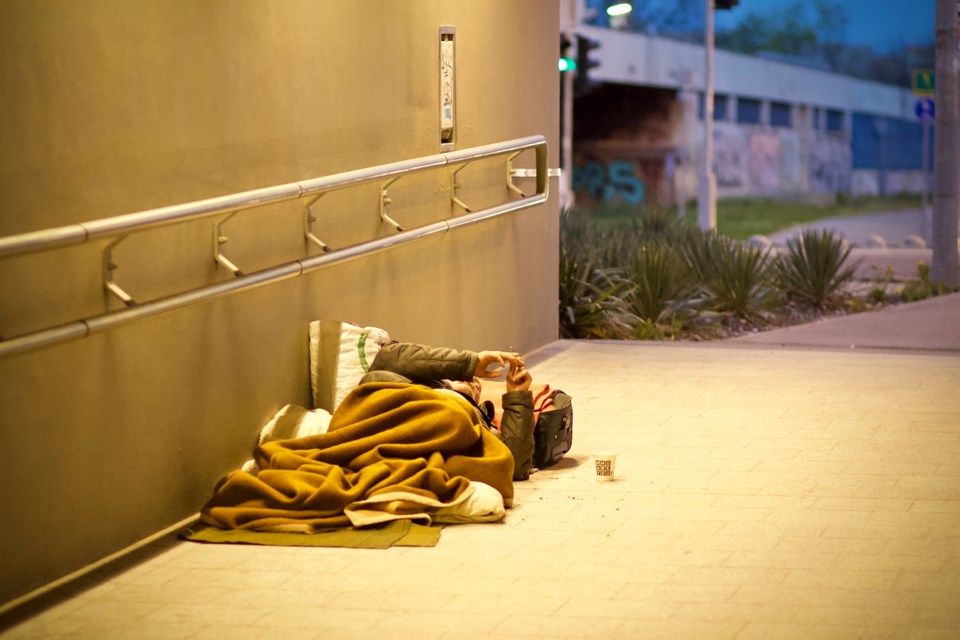Demand for emergency housing services in Grey County has increased 160 per cent since 2019.
“This year, we've seen a 160 per cent increase in stays and a 300 per cent increase in costs due to COVID-19, compared to our 2019 statistics,” said Anne Marie Shaw, director of housing for Grey County.
Grey County has a 24-hour, seven-days-a-week Emergency Short Term Housing Program that is run by Y Housing, 211 Community Connections and Safe 'n' Sound.
In 2020, the program provided 395 short-term stays for an average length of seven days.
“There's been less couch surfing, which has been good during COVID, but it has also brought more people forward that need the services and stays have been longer,” Shaw continued.
She said that the cost to stay in motels has increased since the onset of the pandemic.
“We're also finding more people coming from cities and other areas, for various reasons whether they think that there's more opportunity for housing up here or due to COVID-19 are not wanting to stay in shelters and would prefer more of a motel sort of idea,” she added.
In an effort to combat homelessness at the local level, Grey County formed the Housing Respond Table in 2020. The program supports both Grey and Bruce counties and offers program participants assistance with finding housing, as well as provides support to assist them in maintaining their housing.
Through the program, the county funded two positions – a coordinator and outreach worker through Canadian Mental Health Association – to support those identified as experiencing chronic homelessness, which is considered to be anyone who has been homeless for six months or more in a year.
“We want to increase the number of successful tenancies and prevent evictions in social housing,” said Shaw. “So we looked at creating a tenant services team, by adding a tenant services coordinator and community relations worker. We are now able to support people that live with us that may not be able to maintain that housing if they don't have appropriate resources and support.”
The Housing Respond Table was launched in February 2021 and since that time 33 people have been referred to the program through community agencies, hospitals, police and other community partners.
“The only priority we have is for someone who is experiencing domestic violence, they would move to the top of the list,” Shaw said.
At this time, three people have been housed with support through the program. Shaw added that those on the wait list also receive support while waiting for housing.
The county is also currently in the process of building 10 new transitional housing units to support this program.
“It is our goal to decrease by 50 per cent chronic homelessness, and so that's what we're looking to do by creating those 10 new transitional units, continuing to work with the Canadian Mental Health Association and other partners,” Shaw added.



